What is the tolerance range of precision screws?
What is the tolerance range of precision screws?
Service Hotline
+86760-8787 8587We have more than ten years of production experience in the screw industry. The main products are: fine wire and fine thread bolts, set cross flat head screws, square mesons, titanium nuts, thin screw caps, sample booklet locking screws, stop lock washers, plus Thick plastic washers, external hexagon head plastic bolts, fine teeth and coarse teeth, pan-tilt tripod nuts, hexagon socket bottom hole 4.2 small outer diameter, extended full-tooth external hexagon screws, British standard nuts, European standard T-nuts, etc. Due to the different materials and specifications of the products, the prices are also different, if necessary, please contact us.


The cylindrical pin is mainly used for positioning and can also be used for connection. It is fixed in the pin hole by means of interference fit. Cylindrical pins used for positioning are usually not subject to load or a small load, the number is not less than two, distributed in the symmetrical direction of the overall structure of the connected parts, the farther the better, the pin is in each connected part The length is about 1-2 times the minor diameter. Cylindrical pins can also be used as shafts, and a straight shaft can also be used as cylindrical pins or even centering pins. So what's the difference between a shaft and a pin? The shaft can be used to transmit torque, bear bending moment and torque, and the cylindrical pin can be used for positioning, bear extrusion force and shear force. In a sense (such as small equipment), cylindrical pins can also be used as shafts.
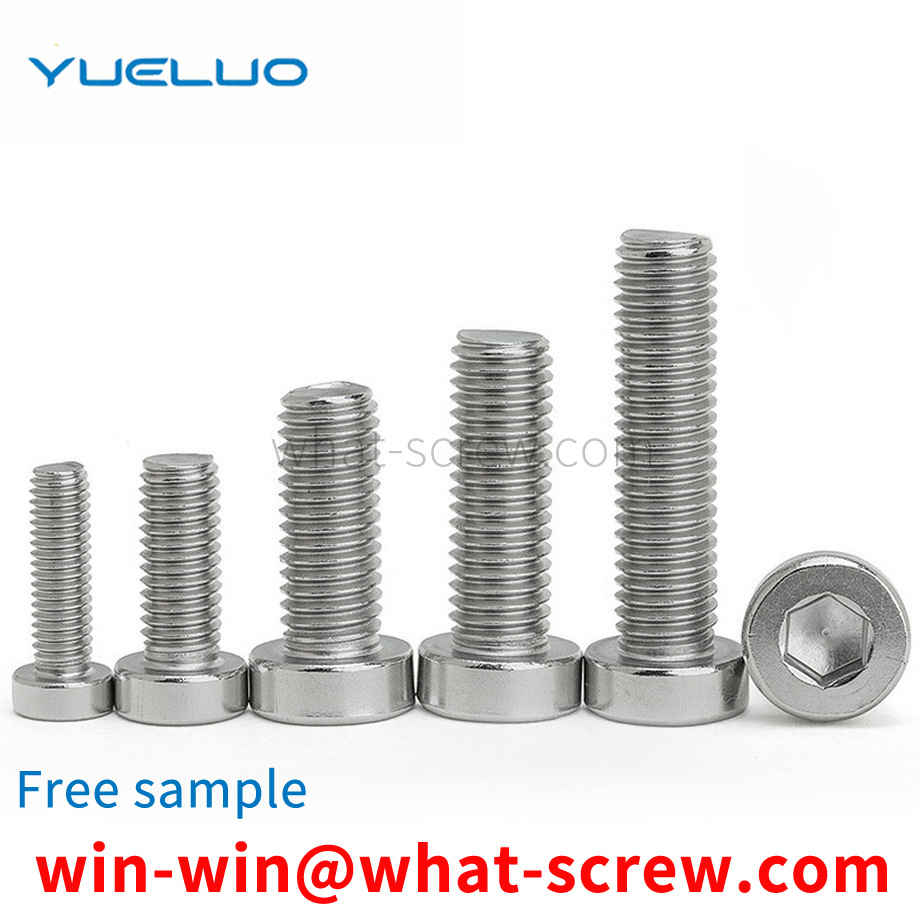
1. For low strength (below 500 N/mm2 or below 60000 psi) bolts use general soft steel, generally use SAE 1008 or JIS SWRM 8 (or SWRCH 8). 2. Lower strength (600 N/mm2 or 74000 psi) ) bolts use general soft steel, but limited carbon content grade, generally use SAE 1010 - 1015 or JIS SWRM 10 - 15 (or SWRCH 10 - 15). .3. Higher strength ( 800 N/mm2 or 125000 psi ) bolts of medium carbon steel, low carbon boron steel plus quenching and tempering, generally use SAE 1035 - 1040 or SWRCH 35K - 40K. 4. High strength (900 N/mm2 or more or 150000 psi or more) bolts use medium carbon Alloy steel or low carbon boron steel, in terms of application, if the metric Class 10.9 uses low carbon boron steel, the imprint should be added under the series imprint to become 10.9, and the imprint of the inch 8.2 grade is also used with the general Grade 8 bolts The imprint is different for easy identification. High-strength bolts made of low carbon boron steel cannot be used in high temperature conditions. The design strength exceeds Class 12.9 or ASTM A574 ultra-high strength bolts are limited to medium carbon alloy steel plus quenching and tempering. The performance grades of bolts for steel structure connection are divided into more than 10 grades such as 3.6, 4.6, 4.8, 5.6, 6.8, 8.8, 9.8, 10.9, 12.9, etc. Among them, the bolts of grade 8.8 and above are made of low-carbon alloy steel or medium-carbon steel and are heat-treated (quenching, tempering), commonly known as high-strength bolts, the rest are commonly known as ordinary bolts. The bolt performance grade label consists of two parts of numbers, which represent the nominal tensile strength value and yield ratio of the bolt material respectively. For example, a bolt with a performance level of 4.6 means: 1. The nominal tensile strength of the bolt material is 400MPa; 2. The yield ratio of the bolt material is 0.6; 3. The nominal yield strength of the bolt material is 400×0.6=240Mpa . Performance level 10.9 high-strength bolts, after heat treatment, can achieve: 1. The nominal tensile strength of the bolt material is 1000MPa; 2. The yield ratio of the bolt material is 0.9; High-strength bolts, processing and manufacturing problems are compared Small, general fastener manufacturing companies can master the manufacturing process; but problems are prone to occur in material selection and heat treatment. Material selection is the primary link. Various alloying elements have a great influence on the properties of the material, and the material must be subjected to spectral composition analysis; secondly, the fracture problem and the choice of heat treatment process have a great influence and are very important. Dealers and traders must control the inspection and performance testing links; automotive fasteners have high requirements and must carefully control the quality.
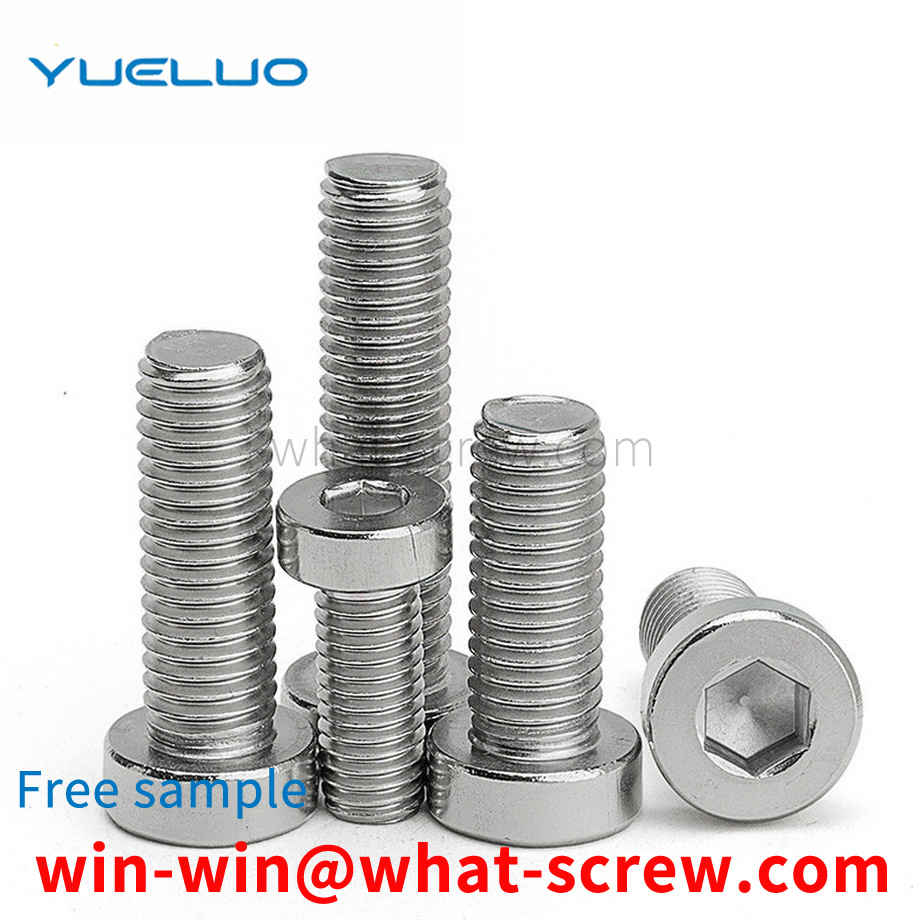
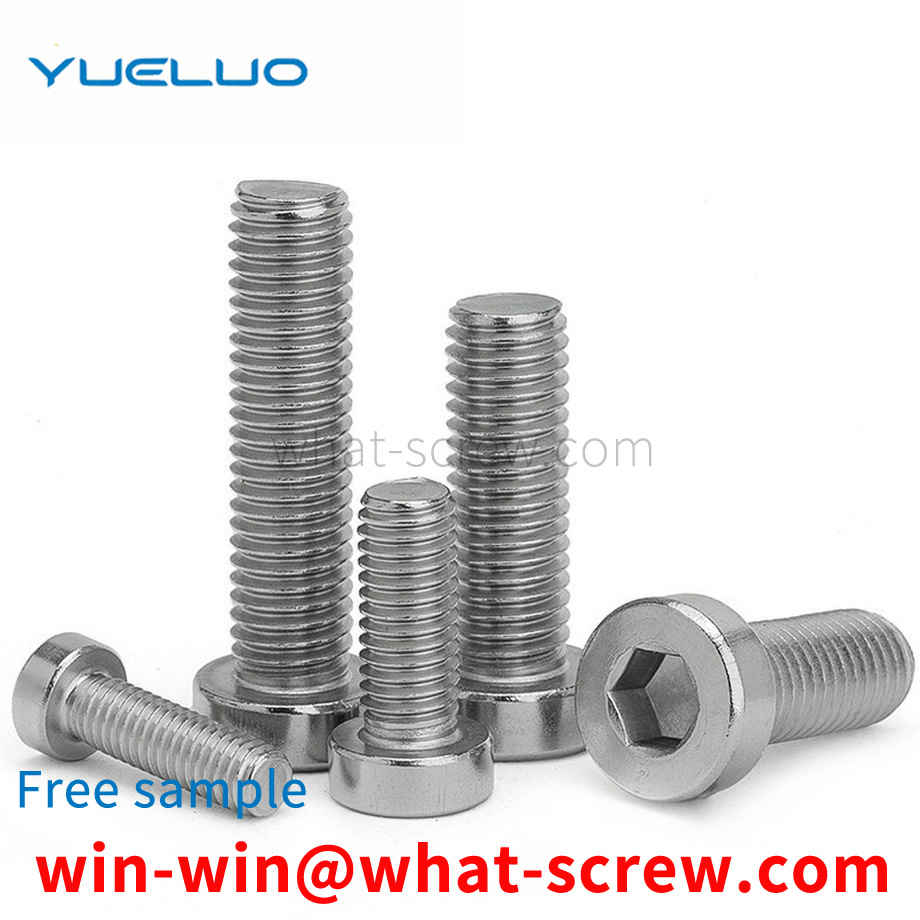
In order to solve the problem of poor waterproof performance of the existing rivets, Guangdong Yueluo Hardware Industry Co., Ltd. provides a waterproof rivet. By arranging a figure-eight waterproof part for waterproofing on the lower end surface of the waterproof cap, when the object is riveted, The waterproof cap is subjected to the pulling force of the rivet rod and the supporting force of the object. The pulling force and the supporting force cause the waterproof cap to generate stress, which in turn causes the waterproof part of the waterproof cap to be micro-deformed in the closest contact with the object, so as to achieve a good sealing effect.
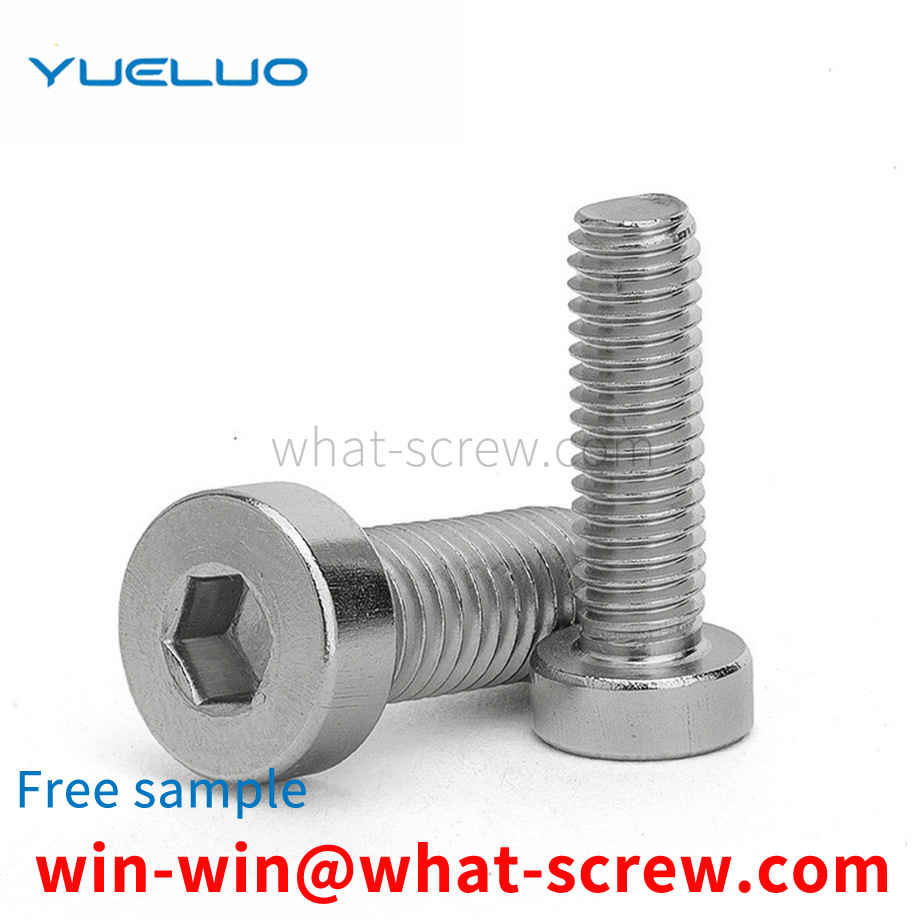
Standards are norms, and each country and sector has its own standards. The most commonly used standards in our daily business are as follows: GB—China National Standard (National Standard) ANSI—American National Standard (American Standard) DIN—German National Standard (German Standard) ASME—American Society of Mechanical Engineers Standard JIS - Japanese National Standard (Japanese Standard) BSW - British National Standard GB - National Standard is one of many standards in my country, as well as industry standards, professional standards and department standards. National standards are divided into: GB (mandatory standards) and GB/T (recommended standards) and GBn (national internal standards) and so on. We usually see GB30, GB5783, etc. are mandatory standards. In addition to some basic dimensions such as head-to-side, head thickness, etc., the above standards are mainly different in the threaded part. The threads of GB, DIN, JIS, etc. are all in MM (millimeters), which are collectively referred to as metric threads. Another thread like ANSI, ASME, etc. is called American standard thread in inches. In addition to metric threads and American threads, there is also a BSW-imperial standard, whose threads are also in inches, commonly known as Wyeth threads.
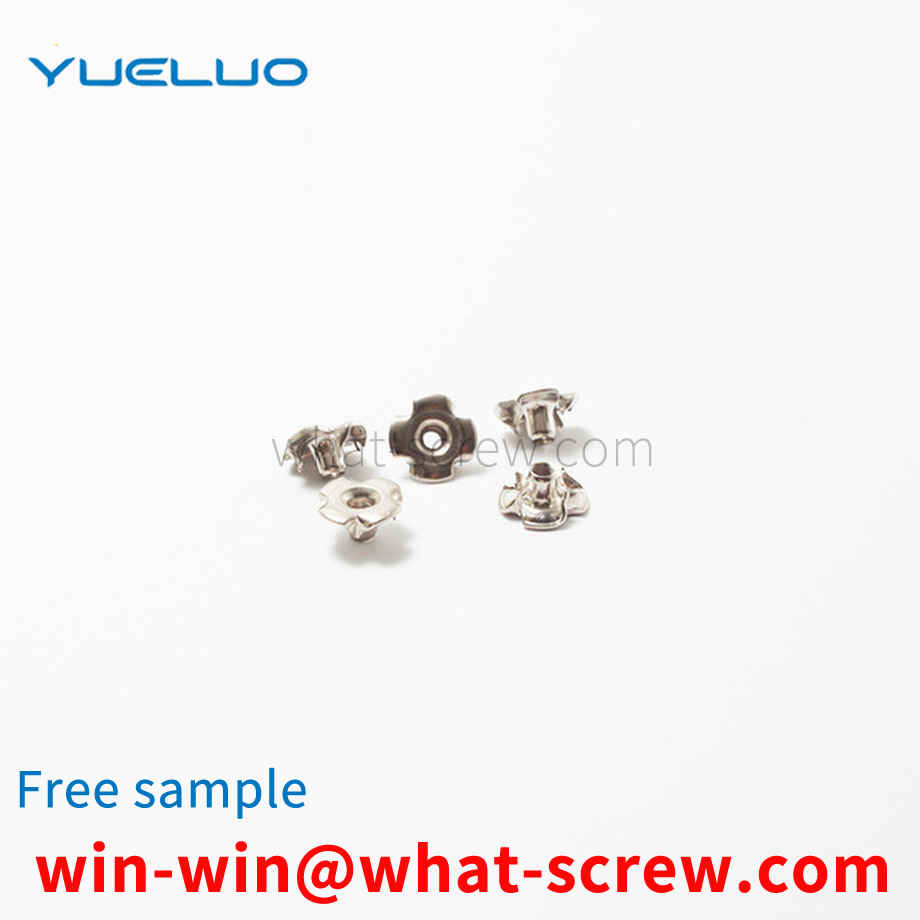
The above content is uploaded by Yueluo or the Internet. If there is any copyright issue, please contact [email protected].

What is the tolerance range of precision screws?

How to choose the right stainless steel screw manufacturer?

Why is there an R angle under the head of the hexagon head s...

We have more than ten years of production experience in the ...

We have more than ten years of production experience in the ...

We have more than ten years of experience in screw industry ...

We have more than ten years of experience in screw industry ...